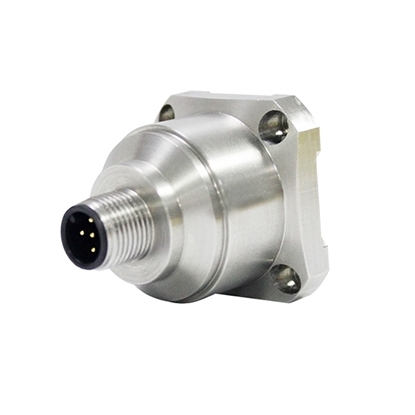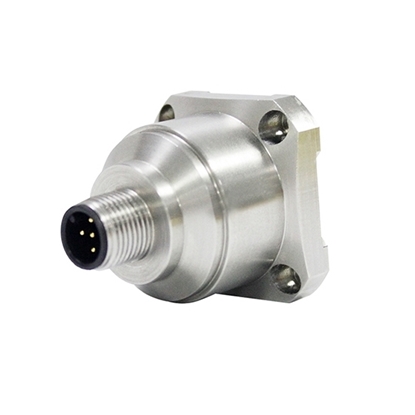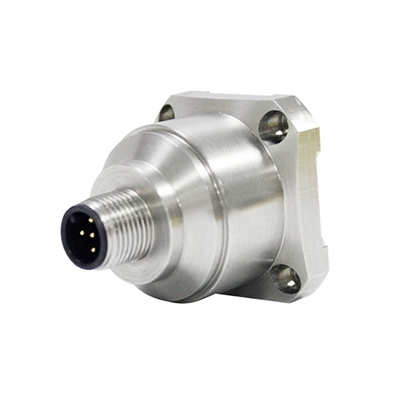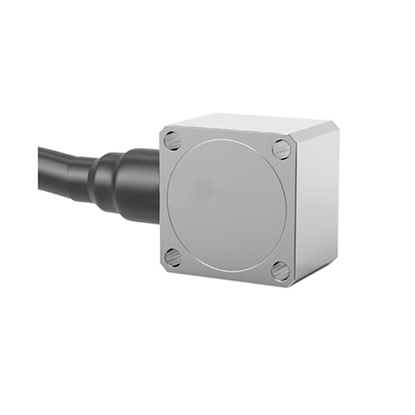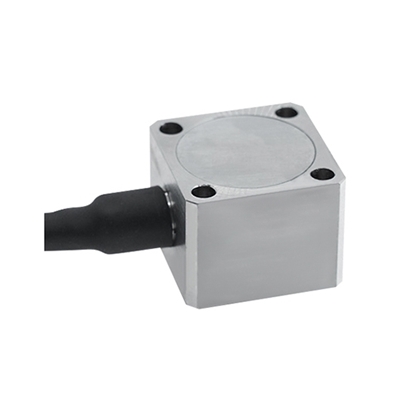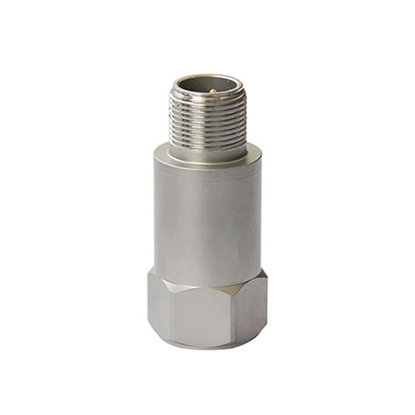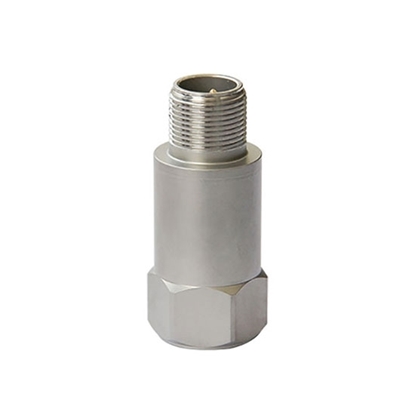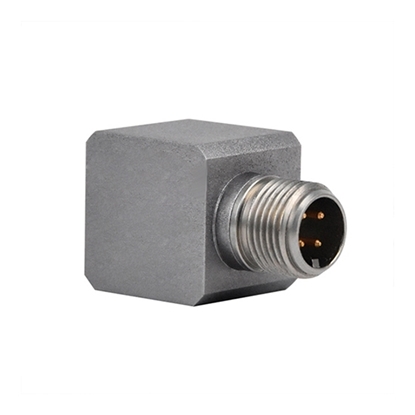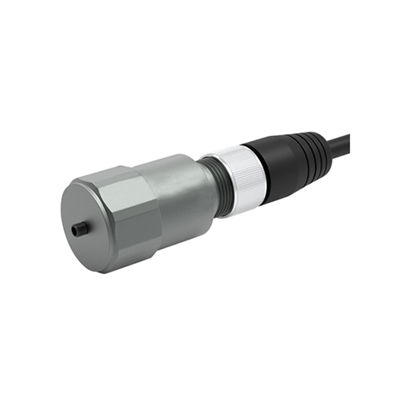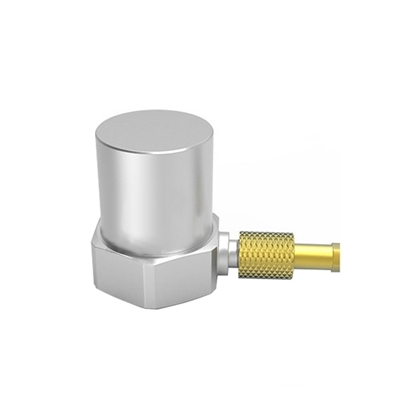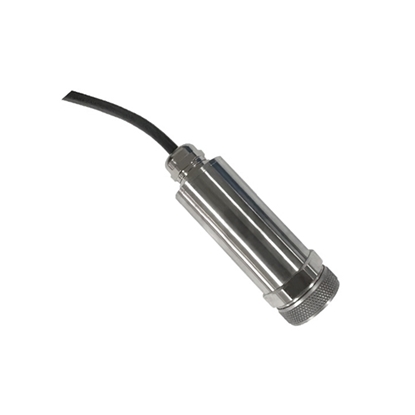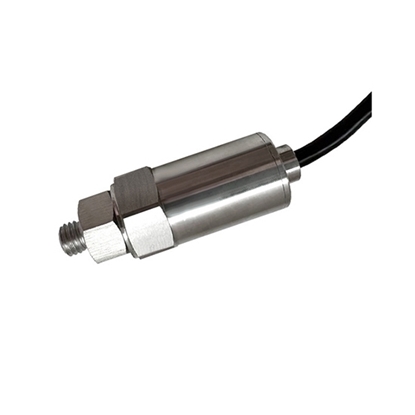Accelerometer Sensor
3-axis Accelerometer Sensor, Digital Output
Three Axis Accelerometer Sensor, Current Output
Triaxial Accelerometer Sensor, Voltage Output
Triaxial Capacitive Accelerometer Sensor, ±1/5/50g
Single Axis Capacitive Accelerometer Sensor, ±1g/±5g/±50g
Piezoelectric Accelerometer Sensor, 50-5g/100-50g
Piezoelectric Accelerometer Sensor, 0-200g/0-500g/0-1000g
ICP/IEPE Accelerometer Sensor, 3 Axis, 10g/ 50g/ 100g
Industrial Piezoelectric Accelerometer Sensor, ±50g
PE Piezoelectric Accelerometer Sensor, 150g
Accelerometer Vibration Sensor, RS485 Output, 0-50mm/s
Accelerometer and Vibration Sensor, 4-20mA Output, 0-20mm/s
Looking for reliable accelerometer sensors? ATO Automation offers a fantastic selection of 3-axis accelerometer sensors and single-axis accelerometer sensors that provide precise measurements with great stability and low power consumption. Choose from our various models, including capacitive and piezoelectric accelerometer sensors, designed to meet your specific measurement needs. Our sensors feature a strong build and exceptional performance in various conditions, offering digital output for advanced digital systems, analog output for compatibility with classic setups, and current output for increased performance in critical applications. Don't wait! Shop now at ATO.com for competitive pricing on top-quality accelerometer sensors.
What is Accelerometer Sensor?
An accelerometer sensor is a tool that measures the acceleration of any object or body in its instantaneous rest frame. It is not a coordinate acceleration. Acceleration sensors are used in many ways, such as many electronic devices, smartphones and wearable devices.
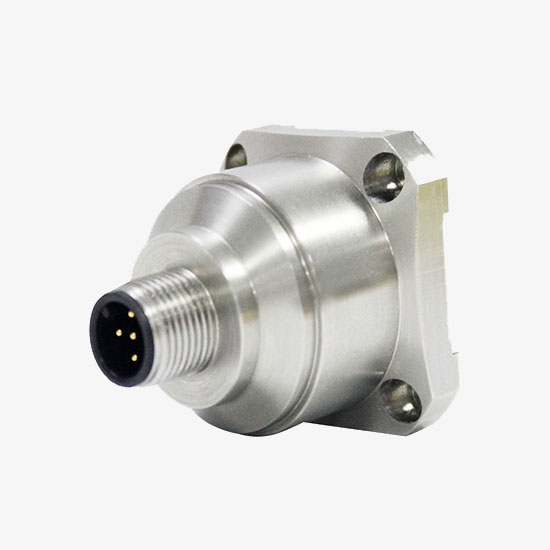
How does Accelerometer Sensor Work?
Most accelerometer sensors work on the principle of piezoelectric effect. The so-called piezoelectric effect is "for a heteropolar crystal without a center of symmetry, the external force applied to the crystal will not only deform the crystal, but also change the polarization state of the crystal and establish an electric field inside the crystal. The phenomenon of polarizing a medium is called the positive piezoelectric effect".
The general 3 axis acceleration sensor utilizes its internal crystal deformation caused by acceleration. Since this deformation generates a voltage, the acceleration can be converted into a voltage output by simply calculating the relationship between the generated voltage and the applied acceleration. Of course, there are many other methods to make acceleration sensors, such as piezoresistive technology, capacitive effect, thermal bubble effect, light effect, but the most basic principle is that a certain medium is deformed due to acceleration. The associated circuit translates into a voltage output. Each technology has its own opportunities and problems.
What are the Applications of Accelerometer Sensor?
Application of accelerometer sensor to geophone design
A geophone is a special sensor used for geological exploration and engineering measurement. It is a sensor that converts ground vibrations into electrical signals. It can convert ground vibrations caused by seismic waves into electrical signals, and convert them into binary data through an analog-to-digital converter. , for data organization, storage, and operation processing. An accelerometer is an electronic device that can measure acceleration force, and is typically used in mobile phones, laptops, pedometers, and motion detection.
Application of accelerometer sensor technology to car accident alarm
In the modern era of rapid development of the automobile industry, automobiles have become one of the main means of transportation for people to travel, but the number of casualties due to traffic accidents is also very large. Using high technology to save people's lives in the modern information age will be one of the major research topics. The acceleration-based car accident alarm system is based on this design concept. It is believed that the promotion of this system will bring great benefits to the automotive industry more security.
Accelerometer sensor used to monitor high-voltage wire galloping
At present, there are two main technical solutions for wire galloping monitoring in China: video image acquisition and motion acceleration measurement. The former not only has high requirements on the reliability and stability of the video equipment, but also affects the effect of the captured video images under the weather conditions of high temperature, high humidity, severe cold, dense fog, sand and dust in the wild. It can only be used as an auxiliary monitoring method, and cannot quantitatively analyze the movement parameters of the wire; the acceleration sensor is used to monitor the galloping of the wire. Although it can quantitatively analyze the up and down vibration and left and right swing of a certain point of the transmission wire, it can only measure the amplitude and the amplitude of the linear motion of the wire. frequency, and for complex circular motions, it cannot be accurately measured. Therefore, we must speed up the development of acceleration sensors to adapt to such environments.

